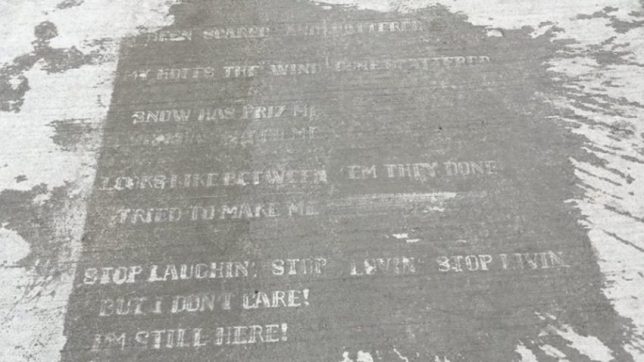 |
Photography makes guest appearances on plenty of video games, but it has rarely been the entire point of a game. Pokémon Snap is a rare exception, and if you ask any child of the 90’s who owned a Nintendo 64, it’s a heck of a way to spend hours of your time.
Pokémon Snap debuted in North America in June 1999, and gameplay is extremely simple. You play as Todd Snap, a guy on a perpetual Pokémon safari armed with a camera and a few tools designed to elicit interesting responses from the Pokémon: a Poke-flute and an endless supply of apples and ‘pester balls.’
 |
The objective, per usual, is to ‘catch them all’, but in this game, catching them means taking a photo as you coast around Pokémon Island in a cart. At the end of each level Professor Oak rates and scores your photos based on composition and subject matter. Being the late ’90’s you are shooting film (looks like Fuji maybe?) so you have a limited number of frames to work with on every outing.
And that’s the whole game: figuring out what series of events or combination of annoyances will make Pokémon show themselves and provide the most photogenic reactions. Lure Pikachu to a surfboard with a trail of apples, and voila: surfing Pikachu photo. You could also hit them with pester balls, which seems like a poor way to treat a Pokémon, but you get a lot of points if they faint for your photo. And here’s a fun fact – apparently ‘participating Blockbuster stores’ would make small prints of your best Pokémon shots if you brought your cartridge in.
If you never played it then I imagine it sounds pointless at best. And if you offered it to a kid who’s grown up on a steady diet of big-budget, modern blockbuster games, I’m sure it looks about as exciting as Pong. But it was an unlikely hit with my generation, selling 1.5 million copies and achieving ‘cult classic’ status.
I didn’t have any particular interest in Pokémon or photography at that point, but I spent countless hours playing Pokémon Snap. It was irresistibly cute and rewarded experimentation. Before its US release IGN predicted it would be ‘a game solely intended for a Pokémon-crazed Japanese audience,’ but were eventually won over, calling it ‘an addictive, surprisingly fun gem of an experience that definitely deserves a rent.’ Looking back at the game almost two decades after its release, I’d still say that sums it up pretty well.
Articles: Digital Photography Review (dpreview.com)
















You must be logged in to post a comment.